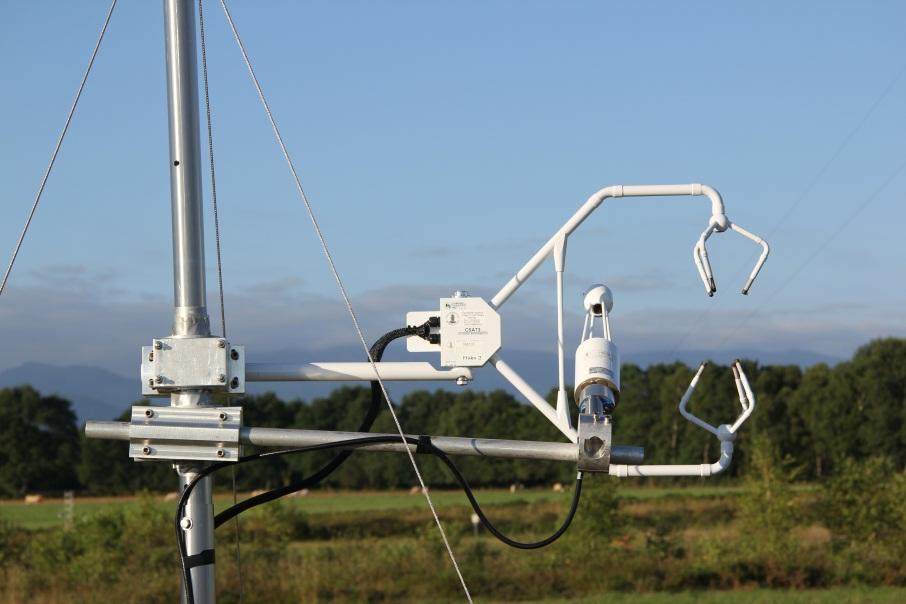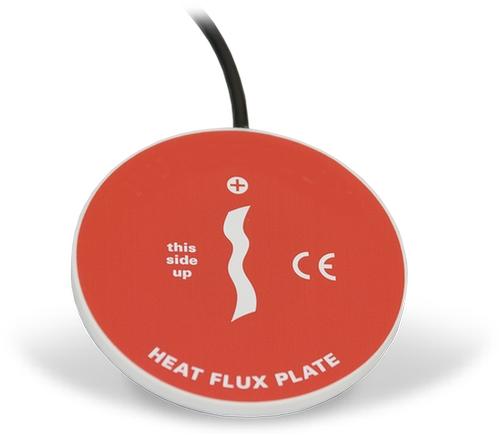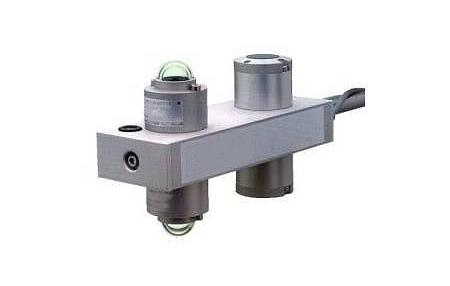Micrometeorological Energy Balance Stations

Main content
The Meteorology Group at GFI has two complete surface energy balance stations at disposal. Each of them consists of a sonic anemometer (Campbell CSAT3) for the measurement of the 3D turbulent wind vector and the sonic temperature, an open path gas analyzer (LICOR 7500) for the measurement of the turbulent fluctuations of water vapor and carbon dioxide, a 4-component net radiation sensor (Kipp&Zonen CNR1) for the measurement of upward and downward directed shortwave and longwave radiation fluxes and the radiation balance, and two heat flux plates (Hukseflux HFP01) for the determination of ground heat fluxes at different depths. The turbulent quantities are sampled with 20 Hz, radiation and ground heat flux with 1 Hz.
One of the stations can additionally be combined with a 10 m meteorological mast carrying sensors for temperature, humidity, wind speed and wind direction at 3 selectable measurement levels. Accurate temperature gradient measurements are available by the use of thermocouples at the three levels.
In the past the system has e.g. been used for studies of the stable atmospheric boundary layer on Svalbard, for air-sea interaction studies on sea-ice around Svalbard and during the BLLAST (Boundary Layer Late Afternoon and Sunset Turbulence) campaign in France in summer 2011.


